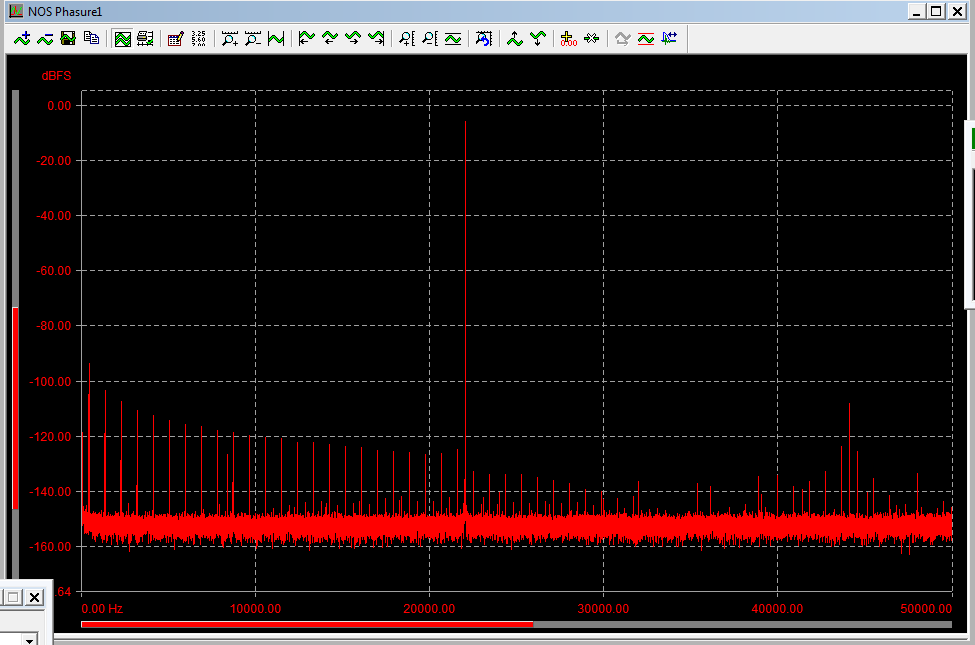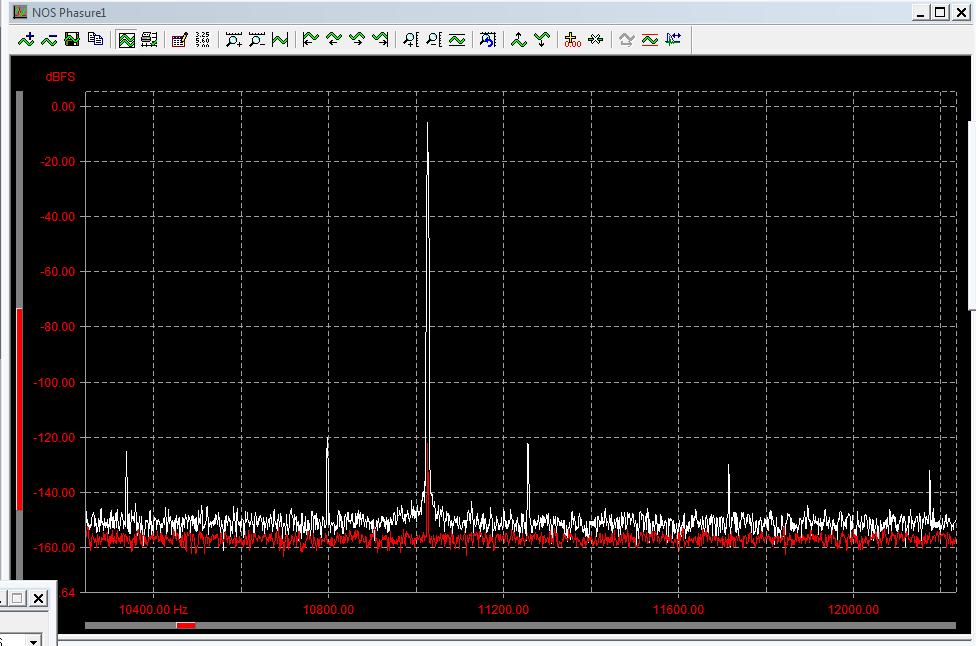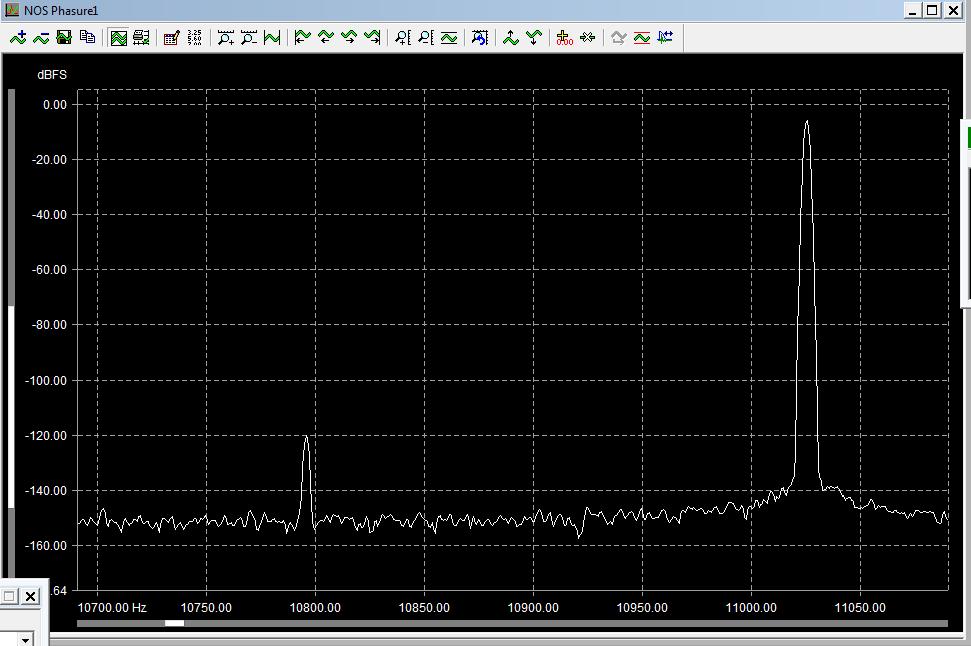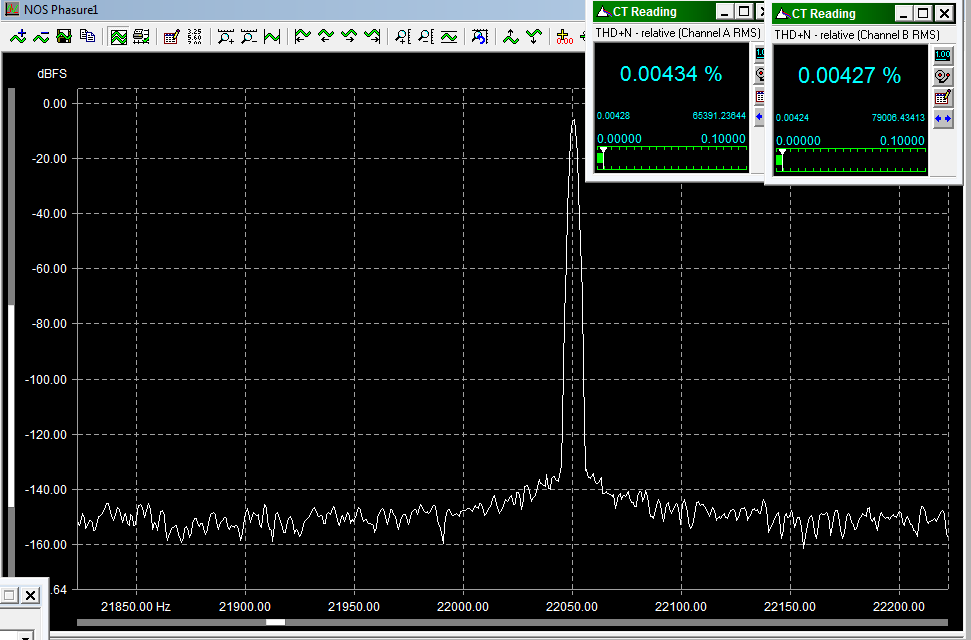DSD Plot
Ok, I was looking for something like this :

(from Philips, 2002)
This is after noise shaping (one form of it; many exist)
So, supertweeters do influence the sound, right ? (I sure believe that but don't use them). Well, then this should sauce the sound.
I'd say that this can be filtered analogly and assuming that we want to have in frequencies of up to 35KHz (because frequencies to up there will exist) this means we filter at 70KHz with a 6dB (per octave) filter, which means that 70 + 70 = 140 = -6dB + 140 = 280 = -12dB +280 = 560 = -18dB + 560 = 1120KHz = -24dB. Well, at 100KHz the noise is 40dB down so now it will be 64dB down in relatoin to the signal. I didn't "math" further, but at 1000KHz (the 1e+06) it will be that much down just the same.
Ok, I was looking for something like this :

(from Philips, 2002)
This is after noise shaping (one form of it; many exist)
So, supertweeters do influence the sound, right ? (I sure believe that but don't use them). Well, then this should sauce the sound.
I'd say that this can be filtered analogly and assuming that we want to have in frequencies of up to 35KHz (because frequencies to up there will exist) this means we filter at 70KHz with a 6dB (per octave) filter, which means that 70 + 70 = 140 = -6dB + 140 = 280 = -12dB +280 = 560 = -18dB + 560 = 1120KHz = -24dB. Well, at 100KHz the noise is 40dB down so now it will be 64dB down in relatoin to the signal. I didn't "math" further, but at 1000KHz (the 1e+06) it will be that much down just the same.













